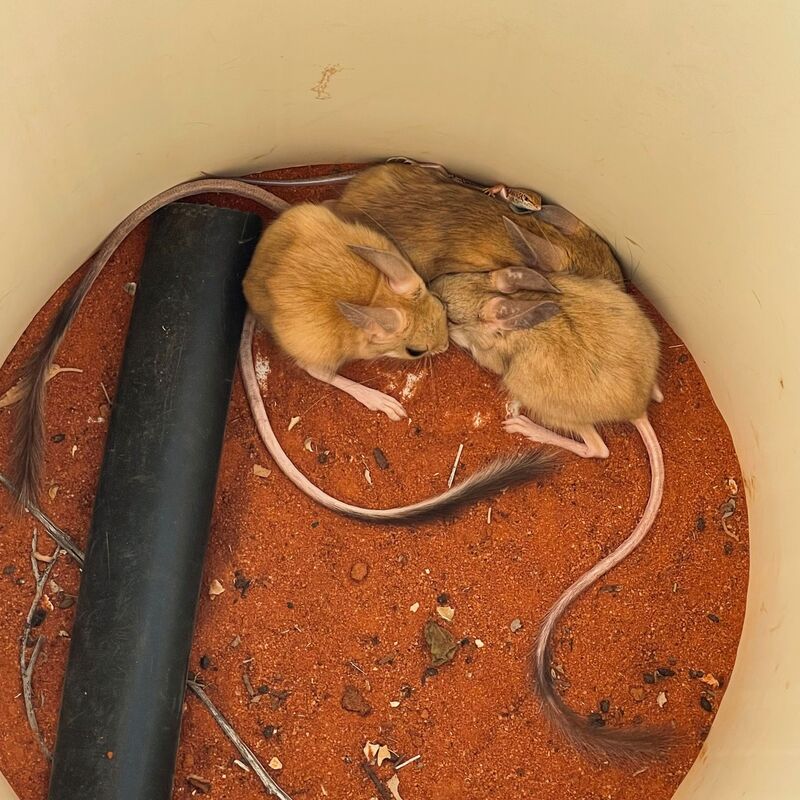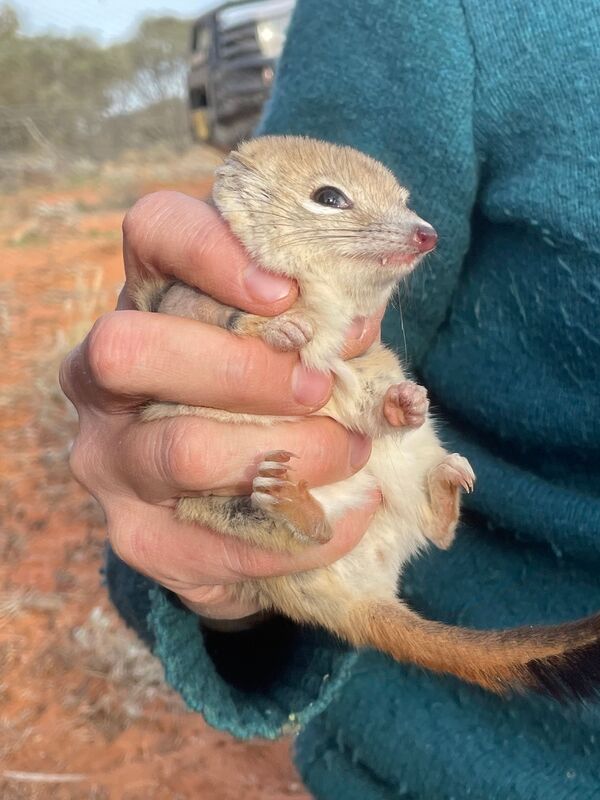0 Comments
Leave a Reply. |
Details
John L. Read, PhD, author-ecologistWakefield Press, Dear Grandpa, Why? Reflections From Kokoda to Hiroshima Archives
March 2023
Categories |


 RSS Feed
RSS Feed
